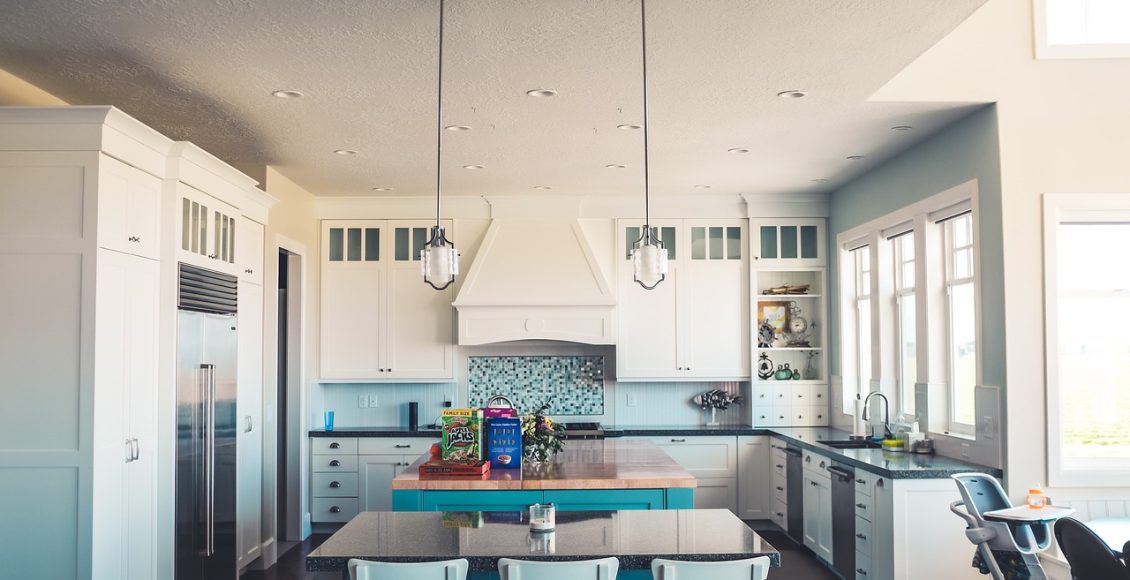Many homeowners face a dilemma before selling: remodel the kitchen or list the property as is. The kitchen, often considered the home’s centerpiece, can heavily influence buyer impressions and offers. Outdated finishes, inefficient layouts, or visible wear can lower perceived value, while a refreshed, functional space may attract higher bids and faster sales.
Home renovations, however, come with significant costs, making it essential to weigh the investment against potential returns. By examining the impact of a kitchen remodel on home value and considering market trends, you can decide if the upgrade is a worthwhile step before putting your home on the market.
What Are the Costs of a Kitchen Renovation?
First things first, if you’re trying to figure out how much value a kitchen remodel can add to your sale, you’ll want to understand the costs involved. Kitchen renovations come in various scales, from cosmetic updates to full-scale overhauls. Whether you’re planning a simple 3-day kitchen renovation or a more extensive and professional remodel, each option impacts your budget differently, so breaking down these costs can help you decide what’s feasible.
Typical Costs in a Kitchen Remodel
Minor kitchen remodels average $27,000 to $30,000 and typically include refreshing cabinets, updating countertops, and replacing outdated appliances. Major remodels, often costing $70,000 or more, involve structural changes, new layouts, and premium finishes. Knowing where your project falls on this spectrum is key to estimating costs accurately.
Breakdown of Expenses
- Cabinetry and Hardware (29%): Cabinets often represent the largest portion of the budget. Opting for stock cabinets is more economical, while custom-built options can significantly increase costs.
- Installation and Labor (17%): Labor costs vary based on project complexity and regional rates. Hiring an experienced kitchen remodeling contractor ensures quality workmanship but comes at a higher price.
- Appliances and Ventilation (14%): Upgrading to energy-efficient appliances can be a substantial investment but may offer long-term savings.
- Countertops (10%): Materials like granite or quartz elevate the kitchen’s appeal but come with higher costs compared to laminate options.
- Flooring (7%): Choices range from budget-friendly vinyl to premium hardwood, impacting the overall expense.
- Lighting (5%): Proper lighting enhances functionality and ambiance, with costs depending on fixture selection and installation requirements.
- Walls and Ceilings (5%): This includes painting, drywall work, and potential structural changes.
- Design Fees (4%): Engaging a professional designer ensures a cohesive plan but adds to the budget.
- Doors and Windows (4%): Upgrading or adding these elements can improve aesthetics and energy efficiency.
- Faucets and Plumbing (4%): Modern fixtures and necessary plumbing updates are essential for functionality.
- Other (1%): Miscellaneous expenses may include permits, unexpected repairs, or additional features.
Factors Influencing Costs
Several variables also affect renovation costs:
- Material Choices: High-end materials like marble countertops or custom wood cabinetry add significant expenses.
- Project Scope: Expanding the kitchen’s footprint or moving plumbing fixtures increases labor and permitting costs.
- Regional Labor Rates: Where you live can influence the cost of skilled professionals.
What Is the Average Return on Investment (ROI) on a Kitchen Remodel?
A minor kitchen remodel, costing approximately $26,000, typically recoups about 71% of the investment upon resale, adding around $18,500 to the home’s value. In contrast, a major kitchen remodel, averaging $77,000, yields a lower return, recouping about 56% of the investment, which translates to an added value of approximately $43,000.
These updates not only enhance the home’s market value but also make it more appealing to potential buyers, often leading to quicker sales. A modern, functional kitchen serves as a focal point, making the property more attractive and justifying a higher asking price.
However, the exact return on investment can vary based on factors such as the quality of materials used, current market conditions, and regional preferences.
When Is the Right Time to Remodel?
Kitchens typically benefit from a remodel every 10–15 years, as kitchen design trends and materials naturally show their age. Beyond aesthetics, a well-timed update can improve daily functionality and increase your home’s marketability. Here are some signs that tell you it’s probably time to consider a remodel:
- Outdated design and finishes
- Visible wear and tear on countertops, cabinets, or flooring
- Inefficient or awkward layout that disrupts workflow
- Inadequate storage leading to cluttered spaces
- Old or malfunctioning appliances lacking energy efficiency
- Frequent repairs or maintenance needs
- Poor lighting that impacts both function and ambiance
- Lack of features like soft-close drawers or built-in organizers
Making the Right Choice: Should You Remodel Your Kitchen Before Selling?
Yes, remodeling your kitchen before selling can be worthwhile, but it depends on your budget, market conditions, and the kitchen’s condition. Thoughtful updates often boost buyer interest and lead to quicker sales, but not every kitchen needs a full-scale renovation. Assess your kitchen honestly to determine whether small changes or bigger upgrades are necessary.
Minor improvements, like repainting cabinets or updating hardware, can refresh the space without significant costs. For kitchens with visible wear or outdated features, investing in modern appliances or new countertops may provide a stronger return. Market conditions also matter. In competitive markets, buyers often prefer move-in-ready homes, making a refreshed kitchen an advantage. In slower markets, extensive renovations might not pay off. Consulting local real estate trends can clarify what’s worth updating.Focus on features buyers value most, such as energy-efficient appliances and clean, modern designs. Tailoring updates to these expectations helps you maximize appeal and avoid overspending. A balanced approach ensures your kitchen becomes a selling point, not an unnecessary expense. By prioritizing strategic updates, you can enhance your home’s marketability and achieve the best results at resale.



Comments are closed.